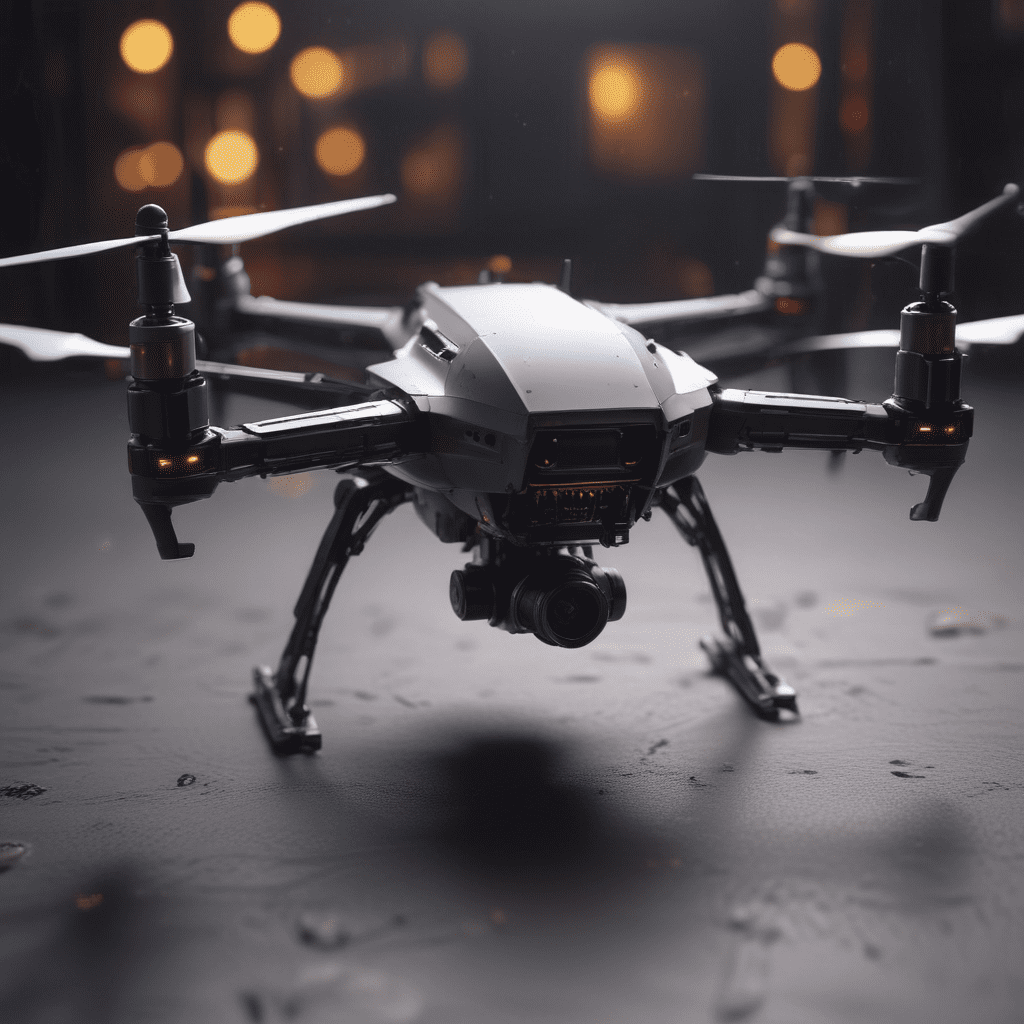3D Printing in the Food Industry: Culinary Innovations
I. Introduction
3D printing, a technology once confined to the realm of science fiction, has rapidly emerged as a transformative force in various industries, including the culinary world. This innovative technique utilizes computer-aided design (CAD) software to construct three-dimensional objects layer by layer using a variety of food materials. The advent of 3D printing in the food industry presents a myriad of possibilities for culinary innovation, revolutionizing the way we prepare, present, and consume food.
II. Printing Techniques
3D food printing encompasses a range of techniques, each with its own advantages and limitations. Extrusion-based printing, the most common method, extrudes food materials through a nozzle to create intricate shapes and designs. Powder bed printing, on the other hand, builds food structures layer by layer using a powder-based material that is selectively bonded together using a binder. Binder jetting, another technique, involves selectively depositing a binder onto a bed of food powder, solidifying the desired areas to form the final product. The choice of printing technique depends on the desired food material, complexity of the design, and intended application.
III. Customization and Personalization
3D printing empowers chefs and individuals alike to customize and personalize their culinary creations. With the ability to precisely control the shape, size, and composition of printed food, 3D printing enables the creation of dishes tailored to specific dietary needs, preferences, and allergies. This technology holds immense potential for personalized nutrition, allowing individuals to create food that meets their unique nutritional requirements and portion control goals.
VI. New Food Textures and Flavors
3D printing revolutionizes the way we experience food texture and flavor. This technology empowers chefs to create novel food structures and shapes, pushing the boundaries of culinary creativity. Imagine bite-sized spheres with contrasting textures, intricate food sculptures with intricate flavor profiles, or personalized pasta shapes with unique mouthfeels. The possibilities are endless.
Furthermore, 3D printing enables the development of innovative flavor combinations and multi-sensory experiences. By precisely controlling the placement of different ingredients and flavors within a printed dish, chefs can create layered flavor profiles and surprising taste sensations. Additionally, 3D printing paves the way for the creation of edible decorations and intricate food structures, adding visual appeal and enhancing the overall dining experience.
VII. Nutritional Innovation
3D printing presents exciting opportunities for nutritional innovation. This technology holds the potential to create food with enhanced nutritional value, tailored to individual needs and preferences. By incorporating specific nutrients, dietary supplements, and functional ingredients into printed food, chefs and nutritionists can create personalized meal plans that address dietary restrictions, allergies, and health goals. 3D printing could revolutionize the way we approach personalized nutrition, providing individuals with precise control over their nutrient intake.
VIII. Accessibility and Inclusiveness
3D printing has the potential to make food more accessible and inclusive for individuals with dietary restrictions or disabilities. By enabling the creation of personalized food options, 3D printing offers individuals with allergies or specific dietary needs the freedom to enjoy a wider variety of culinary experiences. Additionally, this technology can help individuals with disabilities by creating customized food textures and shapes that are easier to consume. 3D printing could play a pivotal role in promoting inclusivity and accessibility within the culinary world.
IX. Ethical Considerations and Sustainability
While 3D printing presents numerous opportunities for culinary innovation, it is crucial to consider the ethical and sustainability implications of this technology. The environmental impact of food printing, particularly in terms of energy consumption and waste generation, requires careful assessment and mitigation strategies. Additionally, ethical considerations surrounding the use of 3D printing for food production, such as potential job displacement and the potential for creating artificial food experiences, need to be addressed.
X. Future Prospects and Research
3D printing in the food industry is a rapidly evolving field with immense potential for innovation. Ongoing research and development efforts are exploring new printing techniques, materials, and applications. The future holds exciting possibilities for personalized nutrition, sustainable food production, and culinary creativity. As 3D printing technology continues to advance, it is poised to transform the way we prepare, present, and consume food, shaping the future of the culinary landscape.
FAQ
What types of food can be printed with 3D printers?
A wide variety of food materials can be used with 3D printers, including chocolate, sugar, dough, meat, fruits, vegetables, and even insects. The choice of material depends on the printing technique and the desired outcome.
Is 3D-printed food safe to eat?
Yes, 3D-printed food is safe to eat as long as the printing process follows food safety guidelines and the ingredients used are safe for consumption.
Is 3D-printed food affordable?
The cost of 3D-printed food is currently higher than traditional food preparation methods, but as the technology becomes more widely adopted and production scales up, the cost is expected to decrease.
Will 3D printers replace chefs?
3D printers are not intended to replace chefs but rather to augment their creativity and provide them with new tools for culinary expression. Chefs will continue to play a crucial role in recipe development, food design, and overall dining experience.
What are the environmental implications of 3D food printing?
The environmental impact of 3D food printing is a complex issue that requires further research and development. Efforts are underway to develop more sustainable printing techniques and materials to minimize the environmental footprint of this technology.
Will 3D food printing revolutionize the food industry?
3D food printing has the potential to revolutionize the food industry by offering new possibilities for personalization, sustainability, and culinary creativity. However, it is important to note that this technology is still in its early stages of development, and its full impact remains to be seen.


